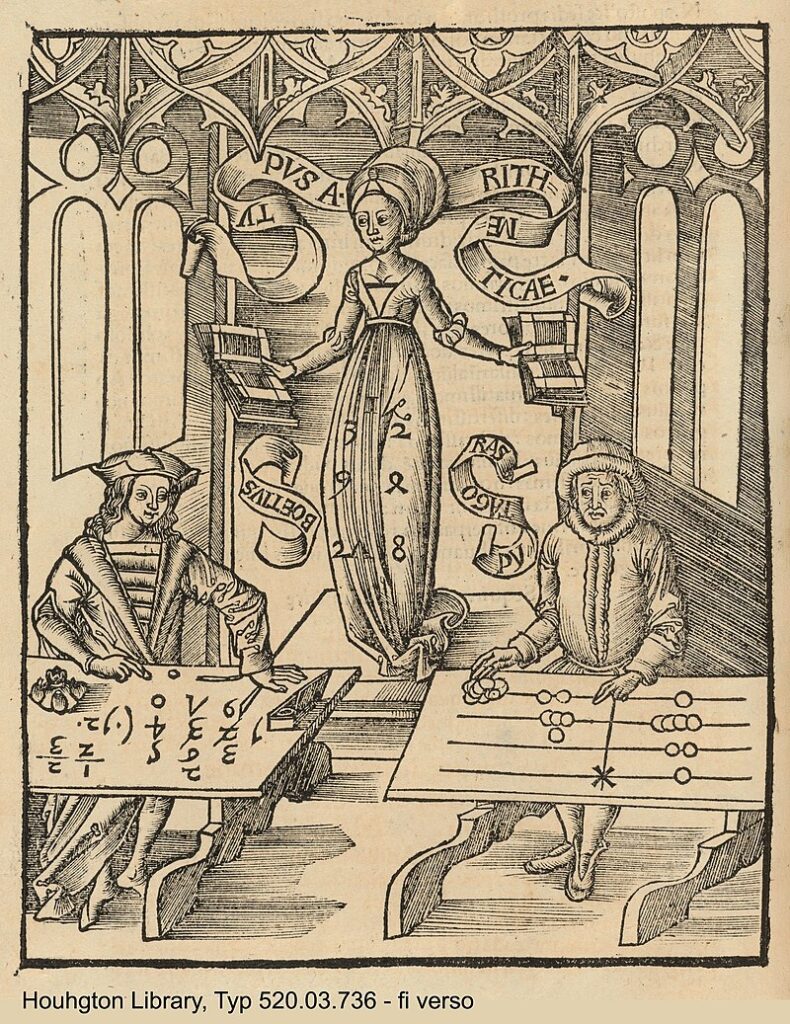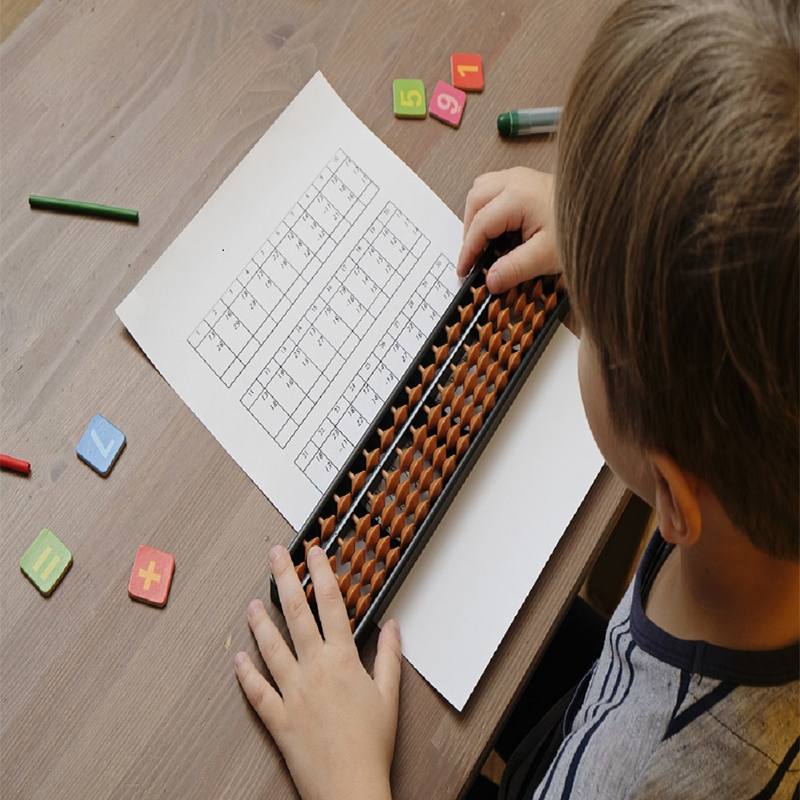
Abacus
The abacus, also called a counting frame, is a calculating tool which has been used since ancient times. It was used in the ancient Near East, Europe, China, and Russia, centuries before the adoption of the Hindu-Arabic numeral system. The exact origin of the abacus has not yet emerged.
What is Abacus?
An abacus is a mechanical device that is used to calculate the arithmetic calculations quickly, also referred to as a counting frame. Its name was originated from the Latin word ‘abax’ or ‘bacon.’ Originally, it was invented thousands of years ago to perform arithmetic calculations, and today’s is widely used in brain development programs. It comprises a rectangular frame that holds vertically organized rods on which beads move up and down. The main purpose of an abacus is to increase the brainpower of the children.


Why used an abacus?
In ancient times, when there were no computers, calculators, or a pen and paper for performing calculations, the abacus was only reliable to perform arithmetic calculations. Besides the abacus, people were used their toes and fingers or stones in the dirt for calculations. These methods were not suitable for long calculations, so an abacus was used at that point in time.
Benefits of an Abacus:
- It provides help in various areas like Architecture, Engineering, Science, etc.
- It offers confidence in calculation-based subject as it makes the mathematical calculations easier.
- It is not only beneficial to improve the mathematical conditions, but it also helps to increase the overall academic skill level.
- It allows children to enhance the skills of creativity, concentration, innovation, accuracy, imagination, speed, listening, etc.
